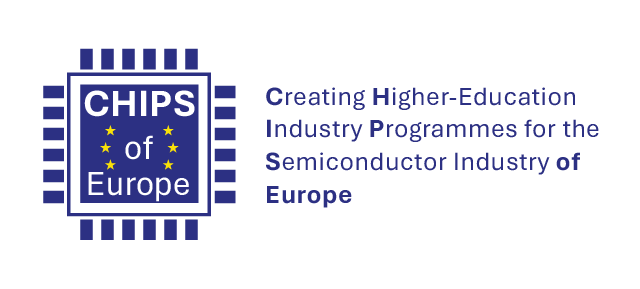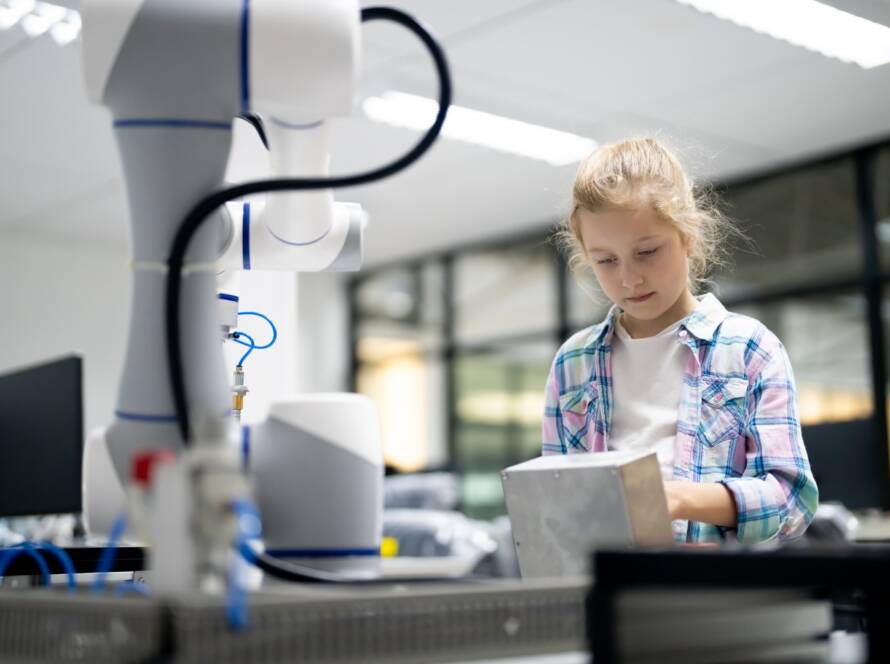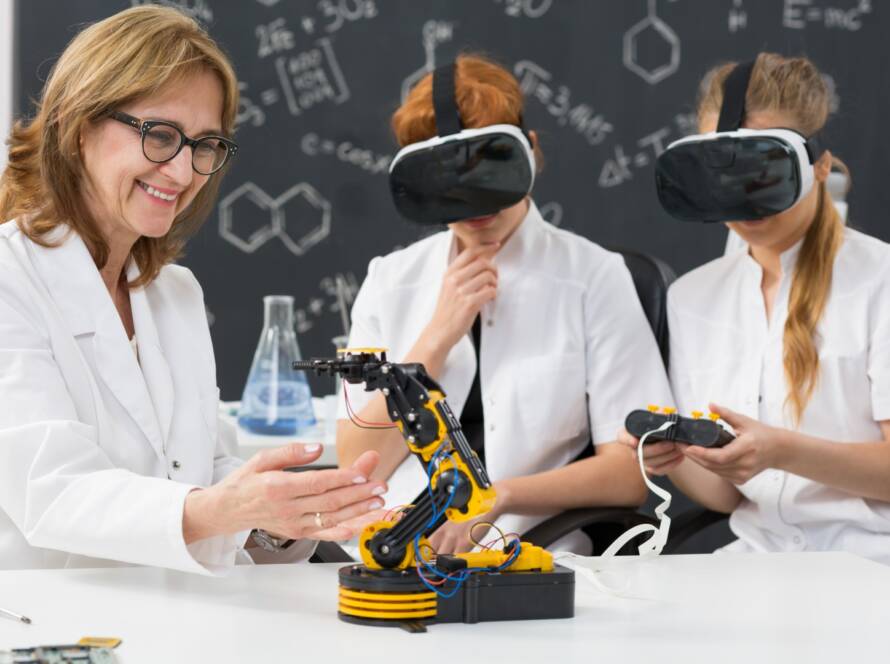The Unsung Heroes of Modern Technology
From the moment we wake up and check our phones to driving an electric vehicle or relying on renewable energy, semiconductors play a fundamental role in our daily lives. These tiny yet powerful chips are the backbone of modern electronics, enabling faster computing, energy-efficient devices, and groundbreaking innovations across industries.
However, despite their importance, Europe faces a growing challenge—a shortage of skilled professionals in microelectronics and semiconductor manufacturing. To remain competitive in the global market, Europe must invest in semiconductor education, build a strong talent pipeline, and foster collaboration between industry and academia.
This is where CHIPS of Europe comes in. Our mission is to ensure that Europe develops world-class semiconductor expertise, driving innovation and economic growth while securing technological sovereignty.
The Global Semiconductor Race: Where Does Europe Stand?
The semiconductor industry is currently dominated by a few key players in Asia (Taiwan, South Korea, China) and the U.S., with Europe accounting for less than 10% of global chip production. This dependency on foreign suppliers has raised concerns about Europe’s ability to sustain its own technology-driven industries, including automotive, healthcare, and renewable energy.
With the CHIPS Act and various EU-funded projects like CHIPS of Europe, the goal is clear: reduce reliance on imports, strengthen Europe’s semiconductor industry, and train the next generation of engineers and scientists.
But how can we achieve this? The answer lies in education, innovation, and industry collaboration.
Building a Talent Pipeline: The Role of Semiconductor Education
One of the biggest challenges in the semiconductor industry is the shortage of highly skilled engineers and technicians. The CHIPS of Europe project aims to bridge this gap by:
✅ Developing industry-aligned curricula that equip students with real-world semiconductor skills
✅ Creating cutting-edge virtual labs to provide hands-on training in semiconductor manufacturing and design
✅ Partnering with universities and research institutions to enhance microelectronics programs
✅ Expanding outreach to secondary schools to inspire young minds to pursue STEM careers
With these initiatives, CHIPS of Europe is laying the foundation for a strong European semiconductor workforce, ensuring that students gain the skills needed to thrive in high-tech industries.
The Future of Semiconductor Innovation in Europe
By investing in education, training, and research, Europe has the potential to become a global leader in semiconductor manufacturing and design. Initiatives like CHIPS of Europe will play a crucial role in shaping the future of microelectronics, ensuring that Europe remains at the forefront of technological advancements.






